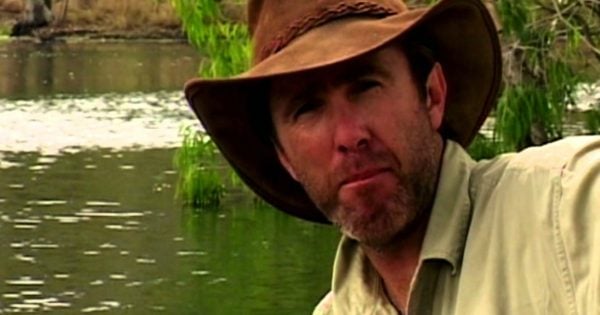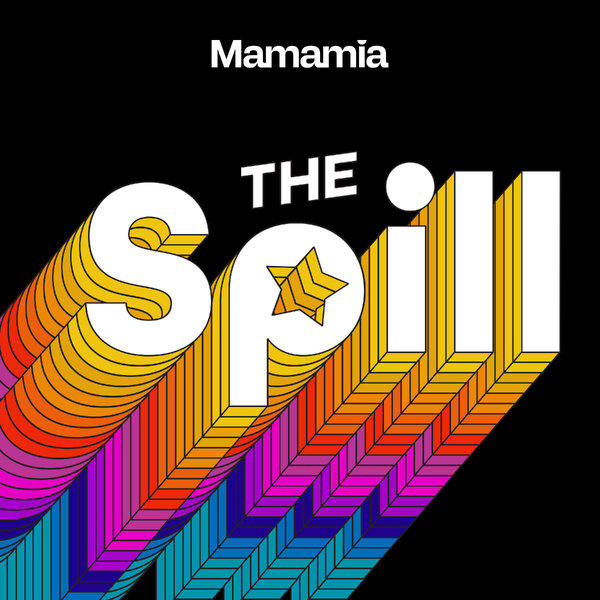There is nothing more iconic than a thick Australian accent; the kind that elicits fond memories of Russell Coight.
But it’s not just Coight’s broad “‘ow ya gawen?” that you hear in everyday life (unfortunately).
There are countless variations of the Australian accent that only seem to be evolving. Our accents might be ever-changing, but linguists Arthur Delbridge and A.G. Mitchell still managed to sort them into the three categories in 1965: broad, general and cultivated.
These classifications were explained using points of reference such as:
Broad: The thick Aussie drawl (generally associated with the working class)
General: The most commonly heard English.
Cultivated: The “prestige” accent marked by a heavier adoption of the British accent.



Top Comments
Julia Gillard was infamously picked on because of her notorious bogan voice. She has a Kath and Kim 'noice' type bogan strine accent. Probably even worse than Hanson. Whoever put Gillard in the 'General' category instead of the Broad strine one, has CLEARLY *never* heard Gillard speak. Gillard is the most prominent example of broad nasally Ausse Strine than anyone else in the entire country. Someone there made a mistake in writing that article.
Despite all our past differences on many various topics, I'm going to fully agree with Salem on this one.
I thought the same thing about Gillard. Her accent is definitely more broad than general.
They forgot the states accents. Qlders speaking with almost every sentence ending in an upward inflexion as if they are asking a question. NSW accent is flat and monotone. Victorians speak very fast. And South Australians have a very posh-sounding accent for e.g 'are' for our. Both Christopher Pyne and Penny Wong do it, too. They'll be saying something like "our polices at the last election" and it will sound like "ARE policies at the last election". Also they say 'narn' for nine.